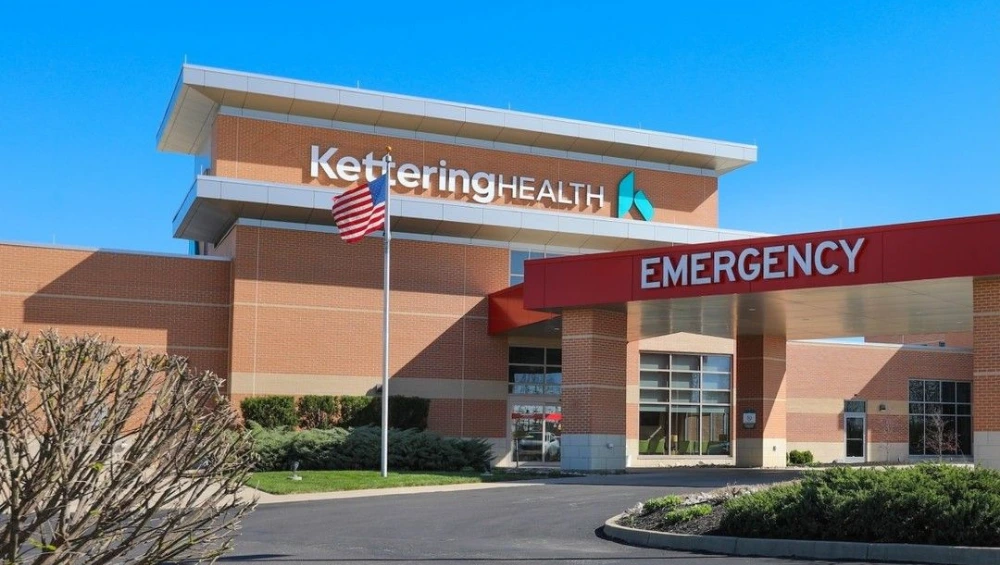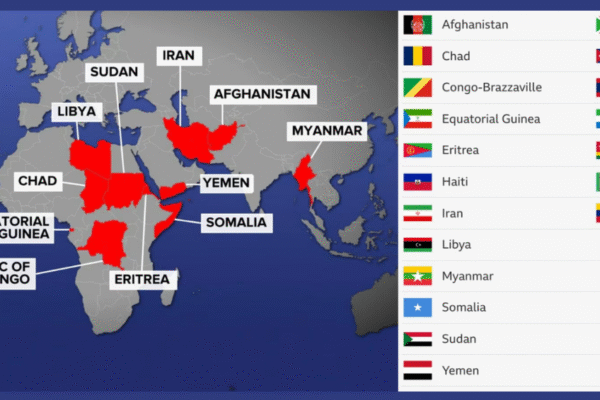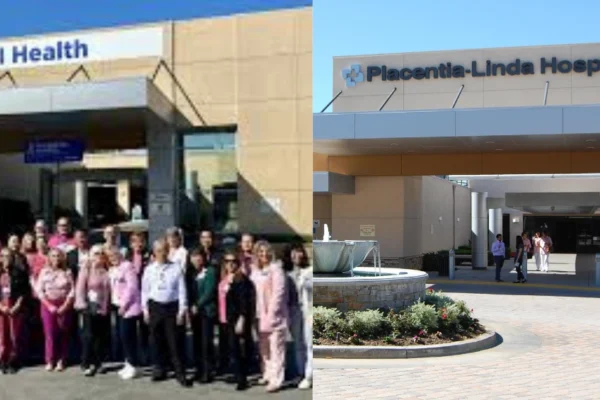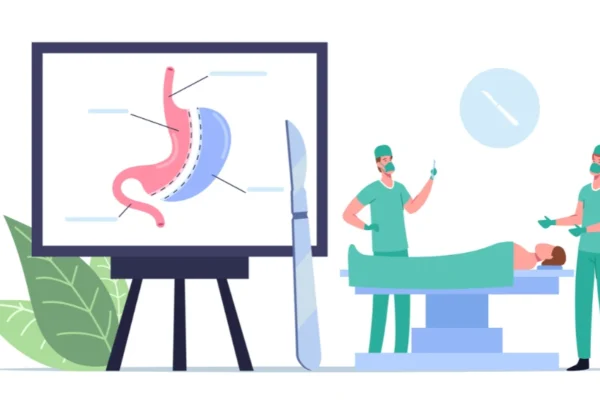The Kettering Health Ransomware Attack shocked the healthcare industry in May 2025. Based in Ohio, Kettering Health is a large network of hospitals and clinics that serves thousands of patients. When its systems went down, it didn’t just affect computers—it affected real people, their care, and their safety.
In this article, we’ll break down how the Kettering Health Ransomware Attack happened, what the attackers did, and who might be responsible. If you’re looking to understand this major incident in simple terms, you’re in the right place.
What Happened During the Kettering Health Ransomware Attack?
On May 20, 2025, Kettering Health suffered a major technology outage. It was later confirmed that the cause was a ransomware attack. During the Kettering Health Ransomware Attack, 14 hospitals and more than 120 outpatient locations were affected.
Doctors and nurses had to switch to paper records because electronic health records were no longer accessible. Many surgeries and appointments were delayed or canceled. Emergency rooms remained open, but care was slower due to the lack of digital tools.
To make matters worse, scammers began calling patients, pretending to be from Kettering Health, asking for payment and personal information. This added stress and confusion for people who were already worried about their health.
How Did the Kettering Health Ransomware Attack Happen?
The ransomware group known as Interlock claimed responsibility for the Kettering Health Ransomware Attack. Interlock is a cybercriminal gang that emerged in late 2024 and quickly gained attention for targeting healthcare and education institutions.
Like many ransomware operations, Interlock used a “double extortion” method. This means they not only locked the hospital’s systems but also stole private data. They threatened to leak this data online unless Kettering Health paid a ransom.
In the Kettering Health Ransomware Attack, Interlock said they stole 941 GB of data, including payroll records, financial reports, ID cards, and sensitive patient files. They claimed the stolen data contained over 732,000 files.
Cybersecurity experts believe the hackers likely gained access through phishing emails or weak passwords, but Kettering Health has not confirmed the exact entry point.
Who Is Behind the Kettering Health Ransomware Attack?
The Interlock ransomware group is believed to be behind the Kettering Health Ransomware Attack. They have also targeted other healthcare providers in the United States, including dialysis centers and medical schools.
These cybercriminals operate in the dark web, often using cryptocurrency to demand payments. Their goal is financial profit, and they are known to be aggressive in threatening to publish stolen data if their demands are not met.
Kettering Health has not said whether they paid the ransom, but they have confirmed they are working with federal authorities and cybersecurity experts to investigate and prevent future incidents.
How Did Kettering Health Recover?
Following the Kettering Health Ransomware Attack, the hospital network began restoring its systems step by step. Within two weeks, their electronic health record system (Epic) was back online, allowing patient care to return to normal levels.
Kettering Health also removed any software tools left behind by the attackers and installed stronger security features. These included advanced firewalls, tighter access controls, and better system monitoring.
By early June, most services such as online patient portals, phone lines, surgeries, and prescription services were fully operational again. The hospital also began notifying patients whose data may have been affected and offered them support, like credit monitoring services.
Lessons from the Kettering Health Ransomware Attack
The Kettering Health Ransomware Attack highlights several important lessons for the healthcare industry:
-
Cybersecurity is critical – Even large, well-known health systems are vulnerable to ransomware.
-
Patient trust must be protected – Clear communication is essential when patient care and data are affected.
-
Backup systems matter – Having a manual system as a backup helped staff continue caring for patients, even under difficult conditions.
-
Training staff is key – Employees must be trained to recognize phishing attempts and protect login information.
These lessons can help prevent future attacks and improve response times if something similar happens again.
Final Thoughts
The Kettering Health Ransomware Attack was a wake-up call for healthcare providers across the country. In just one day, a trusted hospital system was thrown into chaos. But through hard work, clear communication, and fast action, Kettering Health was able to begin recovering quickly.
Cyberattacks like this one are becoming more common, and no organization is completely safe. However, hospitals can reduce their risks by investing in cybersecurity, training staff, and creating a strong incident response plan.
In the end, the Kettering Health Ransomware Attack shows how important it is to stay prepared. Protecting patient data and keeping systems secure must be a top priority for every healthcare organization today.








